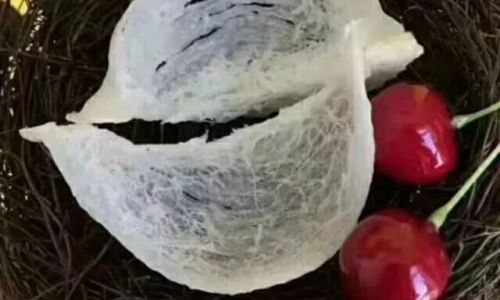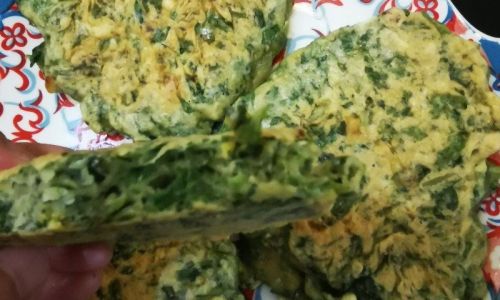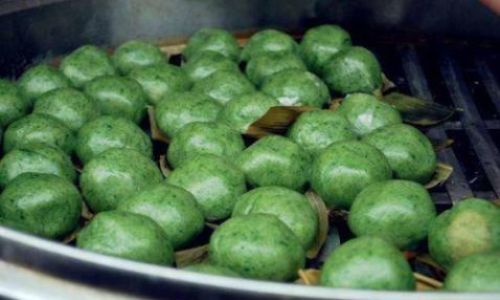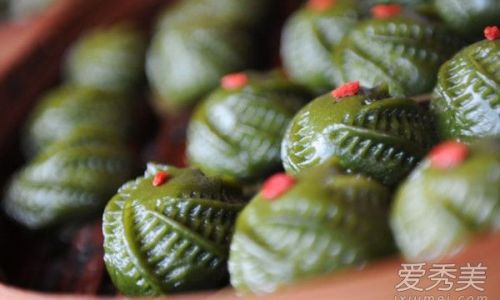Table of content
Introduction
Dried edible bird’s nest, often revered as a luxury delicacy and a symbol of health and vitality in many cultures, requires meticulous care and proper storage to maintain its premium quality and nutritional value. This delicate product, derived primarily from the salivary secretions of certain swift species, is known for its rich texture and nutritional benefits, making it a highly sought-after ingredient in gourmet cuisine and traditional medicine. However, preserving dried bird’s nest can be challenging due to its susceptibility to moisture, odors, and pests. In this comprehensive guide, we will explore the various methods and best practices for storing dried bird’s nest to ensure it retains its pristine condition for as long as possible.
Understanding Dried Bird’s Nest
Before diving into storage techniques, it’s crucial to understand the basic characteristics of dried bird’s nest. This natural product is inherently hygroscopic, meaning it easily absorbs moisture from the surrounding environment. Moisture can lead to mold growth, degradation of texture, and loss of nutritional properties. Furthermore, bird’s nest is highly porous, making it prone to absorbing odors and contaminants. Therefore, effective preservation strategies must address these vulnerabilities.

Choosing High-Quality Dried Bird’s Nest
The first step in preserving dried bird’s nest is to ensure you start with a high-quality product. Look for bird’s nest that is:
- Clean and Free of Impurities: High-quality bird’s nest should be meticulously cleaned to remove feathers, dirt, and other debris.
- Well-Dried: The nest should be thoroughly dried to a moisture content of less than 10%, which helps prevent mold and bacterial growth.
- Intact and Whole: Whole nests retain their structural integrity better than broken pieces, making them easier to handle and store.
- Certified and Authentic: Purchase from reputable sellers who can provide certification of authenticity and origin to ensure you’re getting genuine bird’s nest.
Storage Environment: Key Considerations
To preserve dried bird’s nest effectively, you must create an optimal storage environment. Here are the key factors to consider:

Temperature and Humidity Control
- Temperature: Store dried bird’s nest in a cool, temperature-controlled environment. Ideally, the temperature should be between 15°C and 25°C (59°F and 77°F). Avoid exposing the nest to direct sunlight or heat sources, which can degrade its quality.
- Humidity: Maintain a low humidity level, preferably below 60%. High humidity can cause the nest to absorb moisture, leading to mold and deterioration. Use desiccants or a dehumidifier if necessary to control humidity levels.
Airtight Container
- Store the bird’s nest in an airtight container to prevent exposure to air, moisture, and odors. Glass jars with tight-fitting lids or vacuum-sealed bags are ideal choices. Avoid using plastic containers, as they may leach chemicals into the product over time.
Odor Control
- Dried bird’s nest is highly susceptible to absorbing odors. Store it in a container that has been thoroughly cleaned and free of any strong smells. Consider wrapping the nest in an odor-barrier material, such as aluminum foil, before placing it in the storage container.
Pest Prevention
- Insects and pests can be a significant threat to stored bird’s nest. Use pest-proof containers and store the nest in a clean, dry area away from potential pest infestations. If possible, consider using natural pest repellents like bay leaves or cedarwood chips inside the storage container.
Light Exposure
- Limit exposure to light, especially ultraviolet rays, which can degrade the nutritional content and color of the bird’s nest. Store the container in a dark cabinet or cupboard, or use opaque packaging materials to shield the nest from light.
Long-Term Storage Techniques
For those planning to store dried bird’s nest for extended periods, additional steps are necessary to ensure long-term preservation.
Vacuum Sealing
- Vacuum sealing is one of the most effective methods for long-term storage. It removes oxygen from the packaging, creating an anaerobic environment that inhibits microbial growth and slows down the oxidation process. Use a high-quality vacuum sealer to package the bird’s nest in portions, making it easier to manage and use as needed.
Refrigeration and Freezing
- While not traditional, refrigerating or freezing dried bird’s nest can further extend its shelf life. Place the vacuum-sealed packages in the refrigerator (at a temperature of around 4°C or 39°F) or freezer (below -18°C or 0°F). Note that freezing may slightly alter the texture upon thawing, but it generally preserves the nutritional value.
Desiccant Use
- Incorporate desiccant packets into the storage container to absorb any residual moisture. Silica gel packets are commonly used for this purpose and can be easily recharged by drying them out in a low-temperature oven.
Oxygen Absorbers
- For an extra layer of protection, use oxygen absorbers in conjunction with vacuum sealing. These small packets absorb oxygen from the packaging, creating an oxygen-free environment that significantly prolongs the shelf life of the bird’s nest.
Handling and Rehydration Tips
When it’s time to use the stored bird’s nest, proper handling and rehydration techniques are essential to maintain its quality.

Hygiene and Cleanliness
- Always wash your hands before handling the bird’s nest to prevent contamination. Use clean utensils and surfaces during preparation.
Gradual Rehydration
- To rehydrate dried bird’s nest, soak it in cold, filtered water for several hours or overnight. Avoid using hot water, as it can cause the nest to disintegrate. Gently stir occasionally to ensure even soaking.
Cooking and Preparation
- Once rehydrated, cook the bird’s nest gently over low heat to preserve its texture and flavor. Avoid boiling, as this can destroy nutrients and alter the taste.
Storage After Rehydration
- If you’ve rehydrated more bird’s nest than needed for immediate use, store the leftover portion in a clean, airtight container in the refrigerator for up to a week. Do not refreeze rehydrated bird’s nest.
Conclusion
Preserving dried edible bird’s nest requires a combination of careful selection, meticulous storage practices, and proper handling techniques. By controlling the storage environment, using airtight containers, and employing advanced preservation methods like vacuum sealing and desiccant use, you can ensure that your bird’s nest retains its premium quality, nutritional value, and delicious flavor for many years. Remember, the key to successful preservation lies in attention to detail and a commitment to maintaining optimal conditions throughout the storage process. With these guidelines, you can enjoy the health benefits and culinary delights of dried bird’s nest whenever you desire.






0 comments